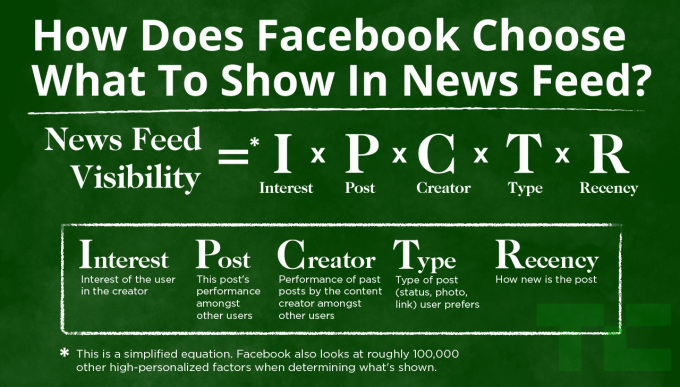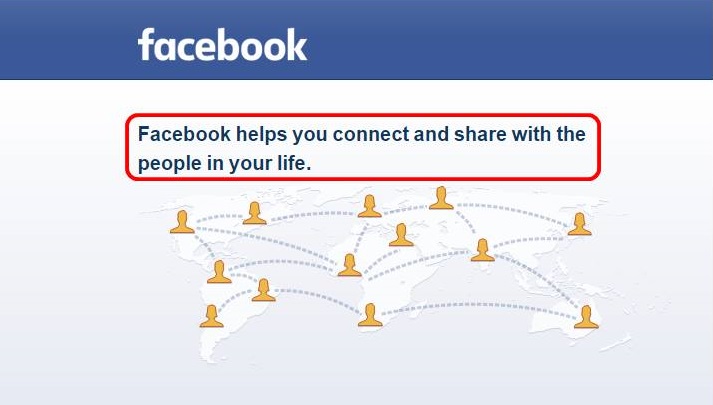Facebook News Feed Change Again: How to Adjust your Business
Last week Facebook tweaked the algorithms that decide which posts to display on the news feed of users. Basically, now every user’s news feed will only display stories shared by the friends and family or posts users are hooked to and share on their timeline. Thereby, decreasing (or completely eliminating) promotional updates from various brand pages. While this change made by Facebook benefit users, they are not a boon for businesses; marketing and business posts are discriminated against in favor of user updates.
This update’s main motive is to create a news feed that satisfies the user both in the terms of quality ( where it is serving user’s interests), and quantity (where it is serving user’s engagement preference). The change will ensure that the user’s feeds are filled with content that promotes updates from family and friends, giving even lesser importance to brand pages and their content. Earlier, Facebook used many factors such as user’s interest, post’s performance, recency and type, creator’s engagement history, and more to create user’s news feed. However, now, it will only use factors such as posts shared by user’s family and friends and posts that drive interest, information and entertainment.
So whatever content the user likes or shares over a period will be given high priority. However, this includes posts from various brand pages as well. Though with the change, the content published by brands will only be visible on the user’s news feed depending on the engagement and shareability value; essentially decreasing the domination of new outlets on news feed to everyday people.

Source: TechCrunch
This leaves very little room for businesses to promote and engage their users using brand pages. Now the brand pages need to focus more on creating engaging content to get more shares for their posts from both the users and users’ friends. So marketers using Facebook as a branding platform needs to restrategize the social content and messaging.
Here’s what you need to know about news feed when updating your Facebook strategy.
Stories that are Informative
Facebook is adamant about promoting stories that hold some meaning and information for users. This is because the type of stories users share now will form their basic interests on the platform, and Facebook algorithm will promote stories that match this interest. It is also to ensure that user news feeds have content that helps them connect better with their friends.
So for businesses, the best way around this is to create stories that are not promotional but actually connect with their user base. In reality, this is a win for the good guys because businesses always should have delivered content with real value. But with this new change, businesses now must follow this best practice. Instead of salesy content, businesses will now get traction on Facebook only if their narrative is strong and the content has true value.
Because of the change, users can now avoid “buy now” posts and “sign up for our newsletter” type of posts. They can instead focus on articles and graphics that will inform users about the brand and help them connect with it.
Embedded Interactivity
With the importance of shared content higher than ever, making posts interactive and self-contained on Facebook becomes important.
Generally, Facebook users prefer reading articles, watching videos and browsing photos that are part of the Facebook platform instead of clicking links that take them outside Facebook.
With that in mind, businesses should focus on including pictures and videos directly on Facebook whenever possible instead of just linking to off-site articles, videos and photos. This makes the posts more likely to be viewed and shared.
Businesses also need coherent marketing messages on Facebook that spur user action and sharing. Posting random status updates with simple pictures is not going to warrant shares.

Don’t Bombard User Feeds
Following the new Facebook changes, slow and steady seems to be winning the race. Stuffing your timeline with message after message without any concrete aim can be harmful for your brand, because these messages don’t spur user interactivity and sharing. Carefully plan your messaging, and publish only those stories that encourage sharing.
Again everything is dependent on story popularity and engagement, so if you are nailing both the aspects then your strategy is foolproof. However, if your messaging is still all over the place then you need to rethink and plan content that values user’s interests.
The Facebook changes definitely don’t benefit businesses, even if they are good for users as a whole. The bar has just been raised on what a business must do to get attention on Facebook, so now is not the time for phoning in your social media operation. Social media accounts that run on autopilot or without much thought aren’t likely to serve much benefit for business going forward.

No Comments